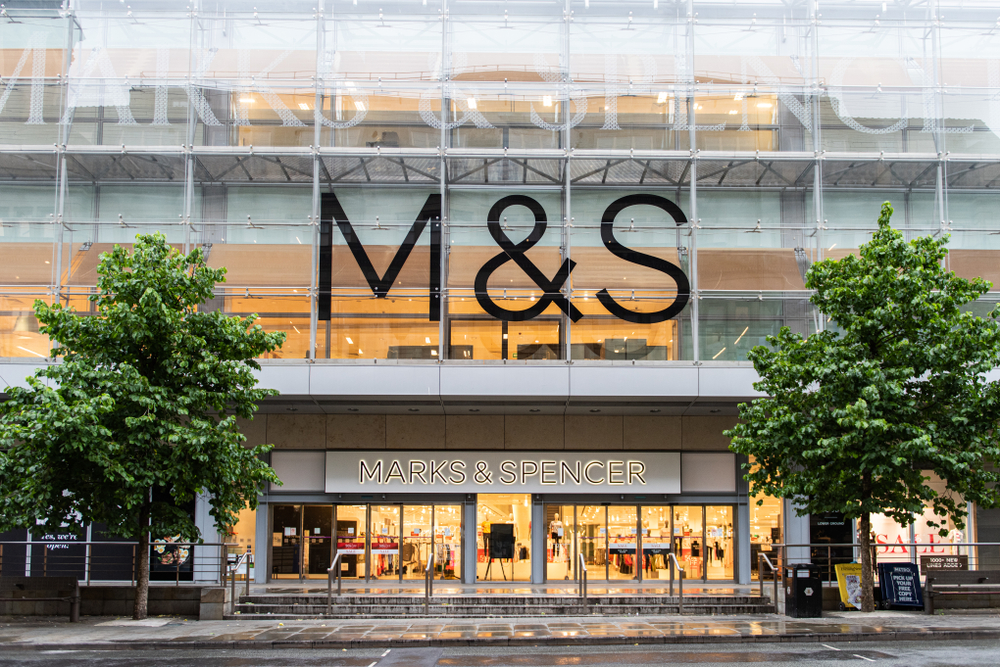Vive la différence, but let’s not forget what we share either…
What’s clear from our work and thinking so far is that Europe, for all that ecommerce is becoming an international language, remains a hugely diverse continent where retailers do things very differently in different countries.
Get beyond such shared experiences as navigating the online checkout process – and even in such an apparently utilitarian part of the shopping process there are huge variations around, for example, payment and delivery options – and it becomes clear that Spanish and German customers have very different expectations. Retailers from the UK and, indeed, other European countries are mistaken if they assume the approaches that worked in a home market will succeed across the continent.
Those online merchants that have had most success so far, such as Amazon and eBay , are those that have approached each country on an individual level and invested significant resources. It’s important to realise this doesn’t mean creating 32 different websites. Amazon, which has the highest web traffic in all but eight European countries, dominates the retail market with only six country-specific websites on the continent. It does so with an emphasis on competitive price and customer service, but also by taking a strategic approach that focuses on the key European ecommerce markets.
“Retailers are mistaken if they assume the approaches that worked in a home market will succeed across the continent”
This is revealing. While it’s a given that shoppers’ expectations vary across markets, it seems likely that larger merchants such as Amazon, which concentrate on what consumers do have in common across the region, principally a wish to buy at the right price and in the manner that best suits them, will be among those that succeed in selling across the EEA.
But this won’t be the only approach that succeeds. There are huge opportunities, for example, for smaller, nimble specialist companies. One way to think about the wider European market is to remember that a shared interest – whether in astronomy, baking or calligraphy – is in itself a kind of shared language and culture.We would expect that sector-specific retailers that work out how to export expertise will also prosper.
As to what unites these kinds of successful retailers, the behemoths and the specialists, based on our experience researching the IRUK 500 we would make a calculated guess that customer service will always be a key differentiator.
Companies that, in ways appropriate to the markets in which they operate, reach out to customers and then deliver on promises will always have a better chance of succeeding. Or we may be wrong. One of the most exciting things about doing this kind of qualitative and quantitative research is that we’re able to take such assumptions and test them – to destruction if necessary. Over the coming months and years, as we refine the IREU 500, it’s this approach that will enable us to create an unrivalled picture of the European ecommerce and multichannel market, and to highlight examples of best practice, from wherever they originate.
In October 2015, we will publish the first InternetRetailing European Top500 Report. We are always interested in finding expert Knowledge Partners to assist us with this research. For more information, contact Ian Jindal, editor-in-chief, InternetRetailing, ian@internetretailing.net




